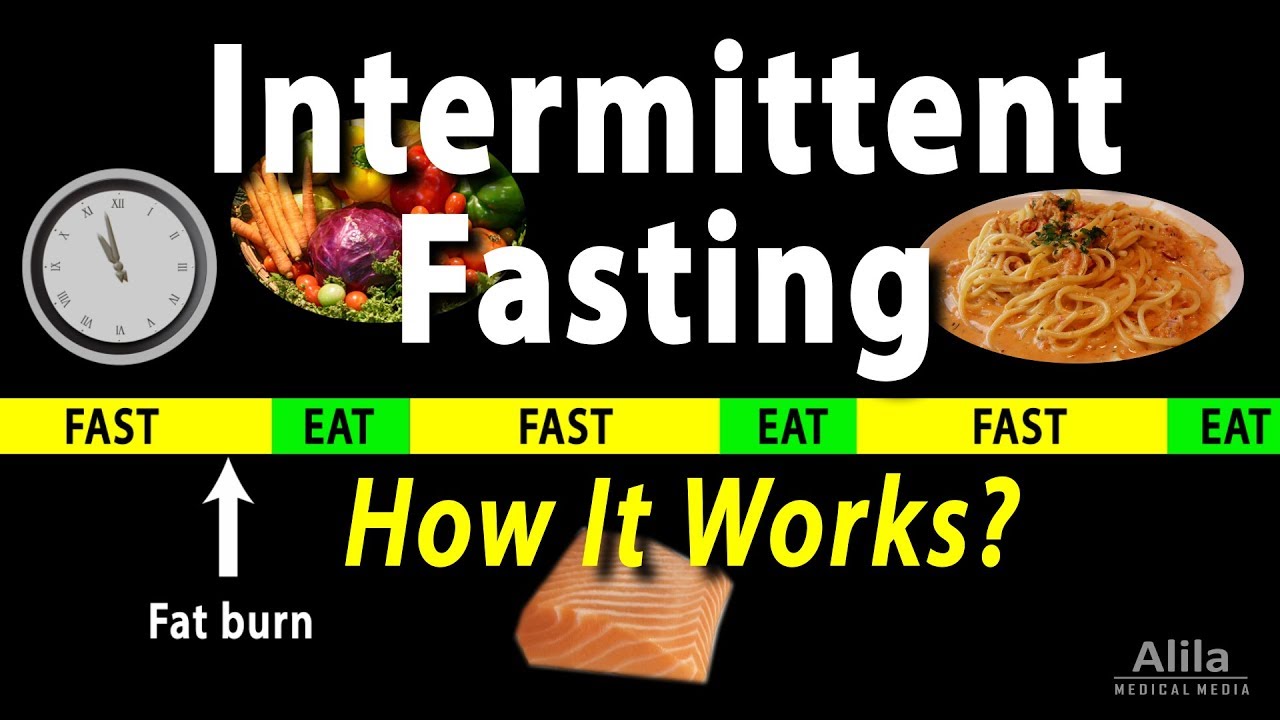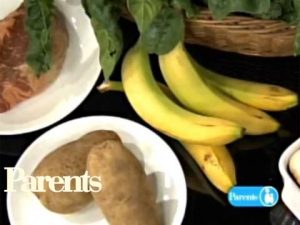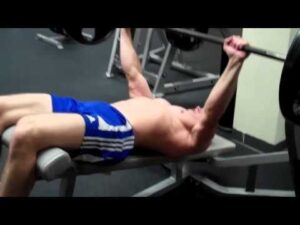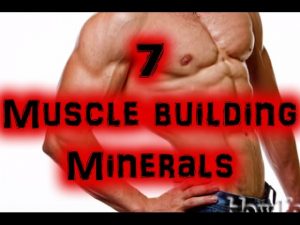Effect of fasting on fat burn, insulin sensitivity and brain’s health. Methods and tips for safe and effective fasting. This video is available for instant download licensing here : https://www.alilamedicalmedia.com/-/galleries/narrated-videos-by-topics/health-and-fitness/-/medias/97a86f65-94a2-4908-af5b-375b80a75b8b-intermittent-fasting-narrated-animation ©Alila Medical Media. All rights reserved. Voice by: Ashley Fleming All images/videos by Alila Medical Media are for information purposes ONLY and are NOT intended to replace professional medical advice, diagnosis or treatment. Always seek the advice of a qualified healthcare provider with any questions you may have regarding a medical condition. Intermittent fasting refers to eating plans that alternate between fasting and eating periods. The goal is to systematically starve the body long enough to trigger fat burning. While research is still underway and the method may not be suitable for everyone, there is evidence that, when done correctly, intermittent fasting can help lose weight, lower blood pressure and cholesterol, prevent or control diabetes, and improve brain’s health. During a meal, carbohydrates in food are broken down into glucose. Glucose absorbs through the intestinal wall into the bloodstream and is transported to various organs, where it serves as the major energy source. Excess glucose is stored for later use in the liver and adipose tissue, in the form of glycogen and fats. In between meals, when the body is in the fasted state, the liver converts glycogen back to glucose to keep supplying the body with energy. Typically, an inactive person takes about 10 to 12 hours to use up the glycogen stores, although someone who exercises may do so in much less time. Once the reserve of glycogen in the liver is depleted, the body taps into energy stores in adipose tissues. This is when fats are broken down into free fatty acids which are then converted into additional metabolic fuel in the liver. Thus, if the fasted state lasts long enough, the body burns fat for energy and loses that extra fat. Losing the extra fat is translated into a range of associated health benefits. Insulin is the hormone required for driving glucose into cells. Insulin level is regulated to match the amount of glucose in the blood, that is, high after a meal and low between meals. Because insulin is secreted after each meal, eating throughout the day keeps insulin levels high most of the time. Constant high insulin levels may de-sensitize body tissues, causing insulin insensitivity – the hallmark of prediabetes and diabetes type 2. Fasting helps keep insulin levels low, reducing diabetes risks. Fasting also has beneficial effect on the brain. It challenges the brain the same way physical or cognitive exercise does. It promotes production of neurotrophic factors, which support the growth and survival of neurons. Fasting, however, is not for everyone. Fasting can also be unsafe if overdone, or if not done correctly. There are several approaches to intermittent fasting, but the easiest to achieve is perhaps the one that simply extends the usual nighttime fast. A daily cycle of 16-hour fast followed by a 8-hour eating window is usually sustainable. For intermittent fasting to be safe and effective, it must be combined with balanced meals that provide good nutrition. It is important to stay hydrated, and know your physical limits while fasting. The fast must be broken slowly. Overeating after fast, especially of unhealthy foods, must be avoided.

Intermittent Fasting & Fasting Video – 7
- Post author:
- Post published:May 13, 2021
- Post comments:0 Comments
You Might Also Like

Lateral Raises-17

Nerd Muscle Growth

Branches of Physiotherapy Video – 30

Hormones, body mass, and obesity

How much protein do YOU need?!

Overweight & Obesity Video – 2

HyperExtensions with Glute Squeeze

Diabetic Nutrition Video – 1

Product review: Zenith Nutrition Silymarin Milk Thistle Supplement

Trampoline Video – 4

Healthy Pregnancy Diet | Parents

Where Can I Buy Over The Counter Erectile Dysfunction Pills

New concerns about ‘Accutane’ acne drug

The endocrine system

Sugar Free, Low Sugar Video – 17

Ballistic Stretching

Abhyanga – Ayurved Video – 1

5 Things to Know About TB

Decline Bench Press-6

What Is A Liver Cyst?

Orthopedic Surgery Video – 2

Exercise of the week 06/03/17 – Wide Grip Seated Row

7 Best Muscle Building Minerals

L-Glutamine for Leaky Gut Syndrome, IBS and Gut Health!

Short Dynamic Warmup for Running

Hyperextension With ball-4

hormone replacement therapy – How to Increase Estrogen Healthy Life Styles

Why Do We Need Protein? Why Is Protein Important

How To: Dumbbell Pull-overs – Chest vs Back | Gabriel Sey

Weight Loss Vlog – Ep. 3 – My Experience With Xenical (Orlistat)

Testosterone & Androgenic Effects Video – 34

High Intensity Training Video – 3

Dumbbell Hammer Curl – HASfit Biceps Exercise – Dumbbell Bicep Exercises

Food Guide Pyramid Video – 2

Saturated and Unsaturated Fats | Nutrition | Biology

Foods to give when child has diarrhoea

One arm cable triceps extension – Triceps workout / Exercício para Braços – Tríceps

What Losing Weight Does To Your Body And Brain | The Human Body

Clinical Neurophysiology Video – 2

How To Do Incline Push Ups For The Upper Chest

Remedy for High Blood Pressure that works

